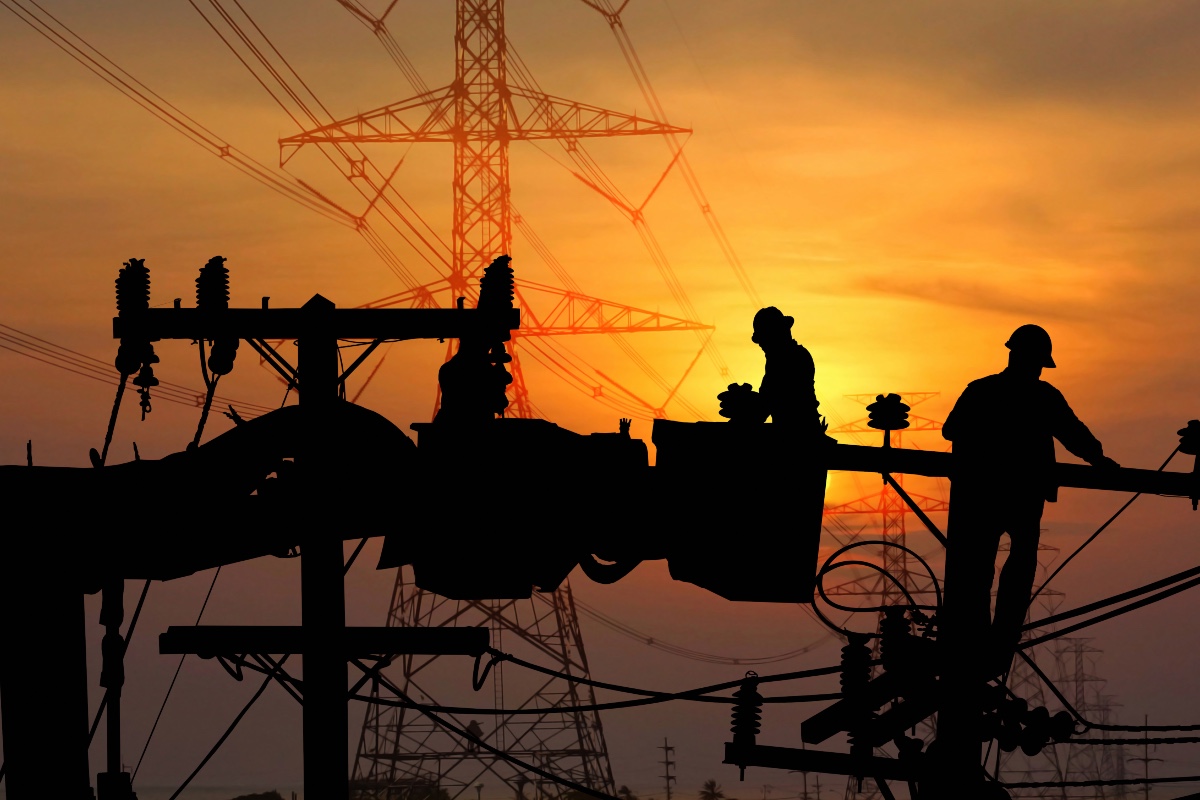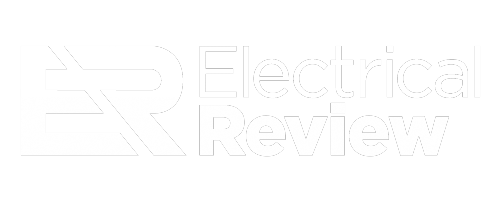Adrian Guggisberg, President – Electrical Distribution Solutions at ABB, argues that true resilience will come from mindset shifts, digital visibility and smart medium-voltage infrastructure – not just adding more steel to the system.
When Heathrow Airport lost power on March 20, it underscored a universal truth: no matter how advanced technology is, every society depends on a resilient grid. From airports and hospitals to data centres and factories, stable electricity underpins modern life.
And this isn’t just a UK issue, earlier this year Spain and Portugal experienced loss of entire electrical power, where root causes are still being investigated. What is clear at this point is that the system could not isolate the problem and therefore entire countries were impacted.
A better understood case occurred in June 2024, when a major power outage hit Montenegro, Bosnia, Albania and most of Croatia’s coast. It disrupted businesses, shut down traffic lights and left people sweltering without air conditioning in the middle of a heatwave.
The shutdown was caused by a sudden increase in power consumption brought on by high temperatures, and by the heat itself overloading systems. Power distribution is linked across the Balkans for transfers and trading.
The incidents, though swiftly resolved, highlighted how a single point of failure – even when localised – can spread across modern infrastructure with far-reaching consequences.
Today’s critical infrastructure needs a reliable, stable energy supply – yet grids are being pushed to their limits.
The rise of decentralised energy sources, electrification of industry and transport, and digitalisation of everything from buildings to mobility are placing unprecedented demands on ageing electrical systems.
The pressure on the grid is mounting
According to the International Energy Agency (IEA), electricity demand is expected to rise by more than 50% by 2050 and electrical energy will be the main source of energy.
Also, power no longer flows one way from central generation to end users. With renewables like wind and solar contributing an increasing share – expected to triple globally by 2030 – the grid has become a two-way street. Energy can now enter the system from thousands of decentralised points, many of which depend on the weather. Managing this variability while maintaining reliability and protection is a major engineering challenge of our time.
A layered approach to grid resilience
Meeting these challenges takes more than upgrades – it requires a smarter, more connected approach to electrical infrastructure. This includes everything from substations and feeders to automation systems, protection devices, and yes, medium-voltage switchgear – which plays a key role in controlling power flows and isolating faults.
Yet, one of the biggest barriers to progress is not technology – it’s mindset. Many utilities, shaped by decades of risk-averse operations, remain cautious about adopting new solutions or modernising legacy systems. This traditional approach can slow down the innovation urgently needed to future-proof the grid. By combining sensors, AI-driven analytics, and automation, operators can move from reactive responses to predictive control. For example, smart switchgear equipped with condition monitoring and diagnostics can identify potential faults before they cause disruptions.
True grid resilience isn’t about one technology – it’s about a system that can adapt, isolate faults quickly, recover autonomously, and support real-time decision-making. If we do a deep dive, we can break it down to:
- Robust architecture: From substations to feeders, the grid must be designed to tolerate faults and re-route power when needed. Medium-voltage infrastructure, often unseen by end-users, is crucial in bridging the transmission and consumption ends of the network.
- Digital tools: Modern grid operations depend on visibility. Digital platforms enable utilities and facility operators to monitor performance in real time, predict failures before they occur, and respond to disturbances faster than ever. Integration of operational and information technology is key to achieving this agility.
- Smart components: Switchgear, for instance, plays a vital role in managing and protecting the flow of electricity. Today’s smart switchgear includes features like real-time diagnostics, fault detection, and predictive maintenance – making it a far cry from the passive equipment of the past.
Individually, these advances are powerful. Together, they redefine what grid resilience means.
Investing in modern infrastructure
Upgrading the grid is not just a technical challenge; it’s an economic imperative. The IEA estimates global investment in grids must more than double to $600 billion per year by 2030.
A significant share must reinforce distribution networks – especially in Europe, where rising demand from EVs, heat pumps, and renewables will strain existing capacity.
This is more than modernisation, it’s about designing systems flexible enough to grow, strong enough to withstand shocks, and smart enough to adapt in real time.
Looking ahead
Whether it’s a busy airport, a metro in Madrid, or a factory in northern Italy, the need for resilient power infrastructure is shared across the world. Every day we depend more and more on the availability of electrical energy.
These power outage incidents are not outliers. They signal a deeper readiness gap that must be urgently addressed.
As we accelerate toward a low-carbon, electrified future, resilient grids are not optional — they are mission-critical. Building that future will demand collaboration across industries, technology players, smarter infrastructure planning, and a shared commitment to resilience not just in words, but in design, investment, and execution. The need for resilient infrastructure has never been more urgent or more achievable.


